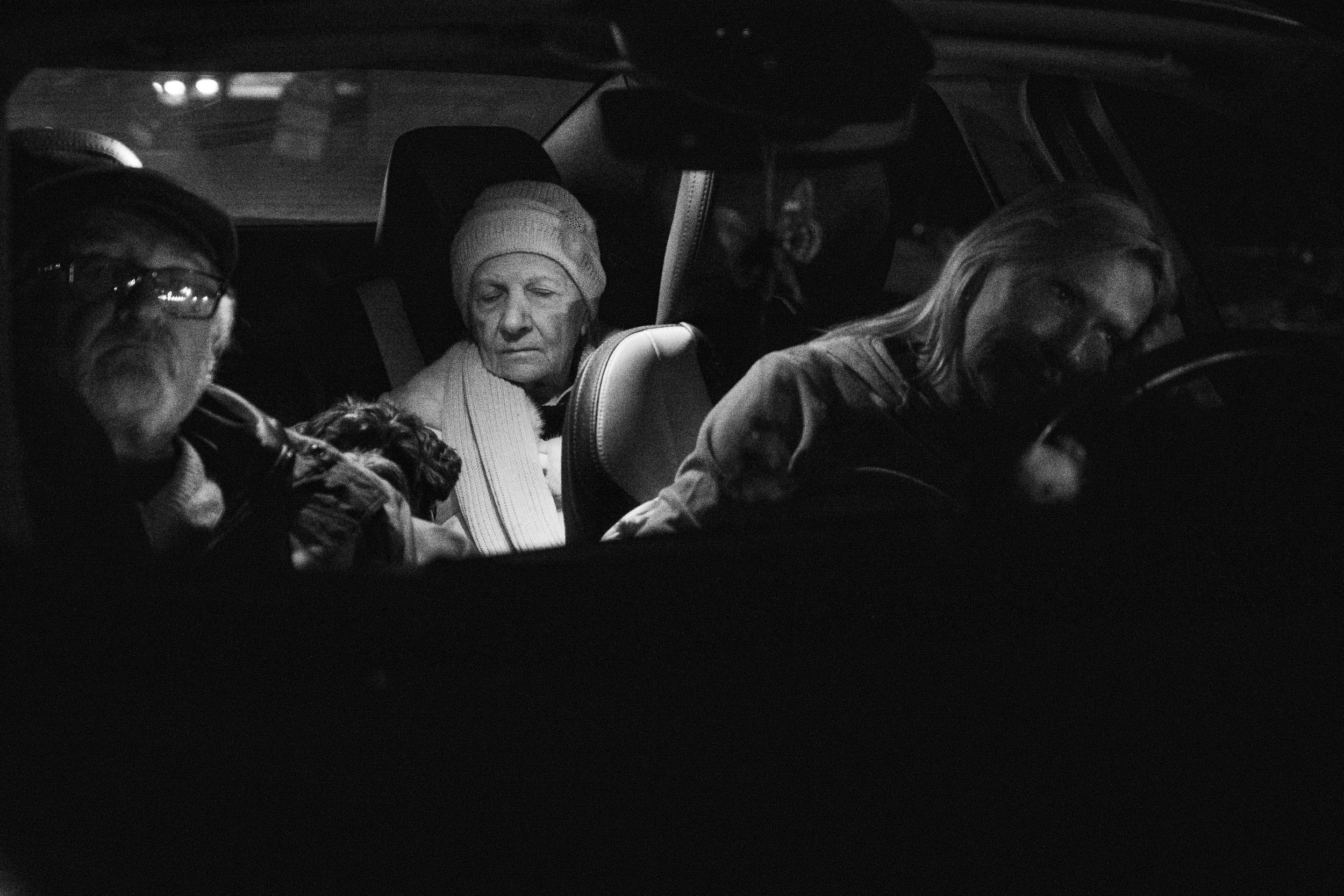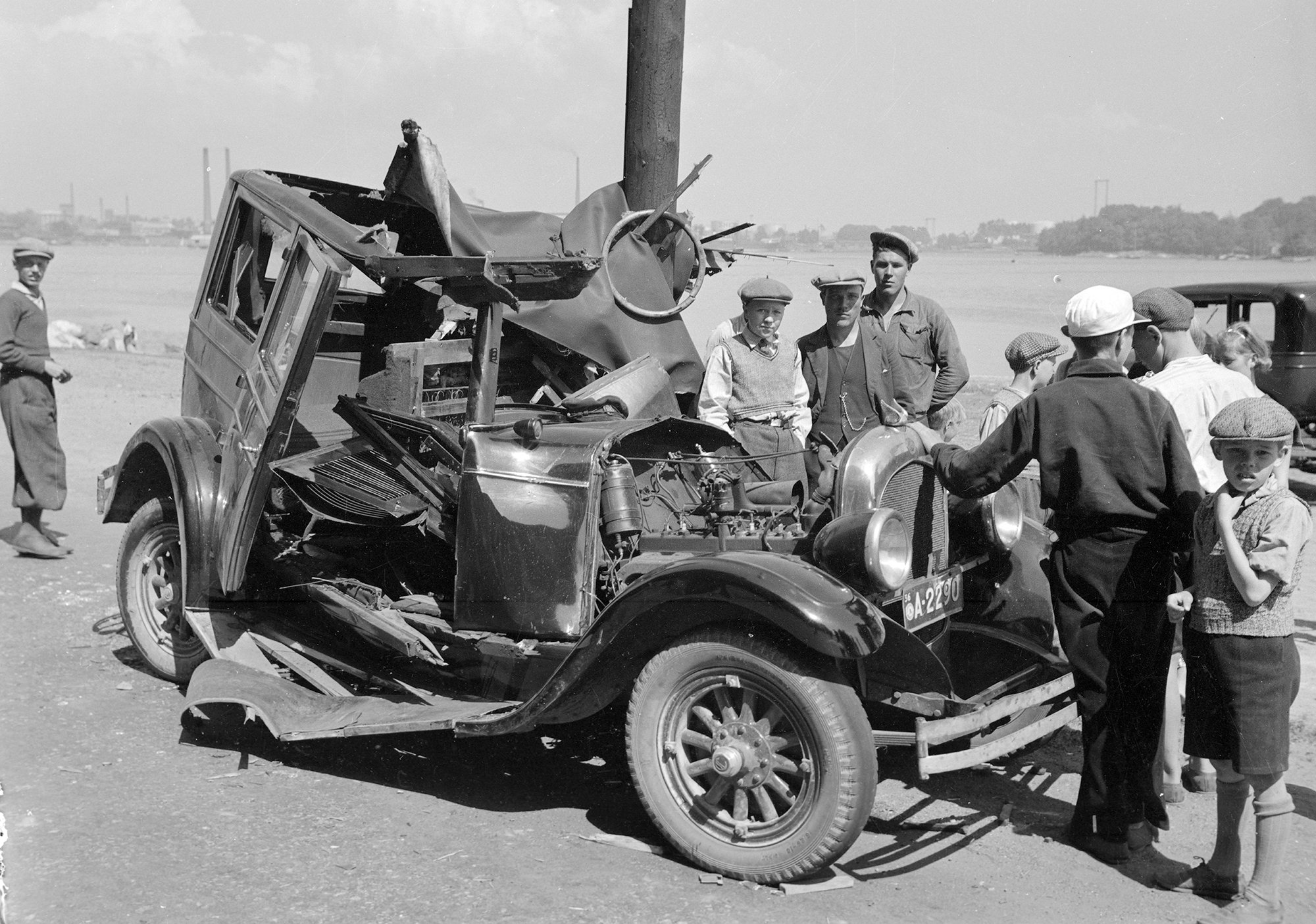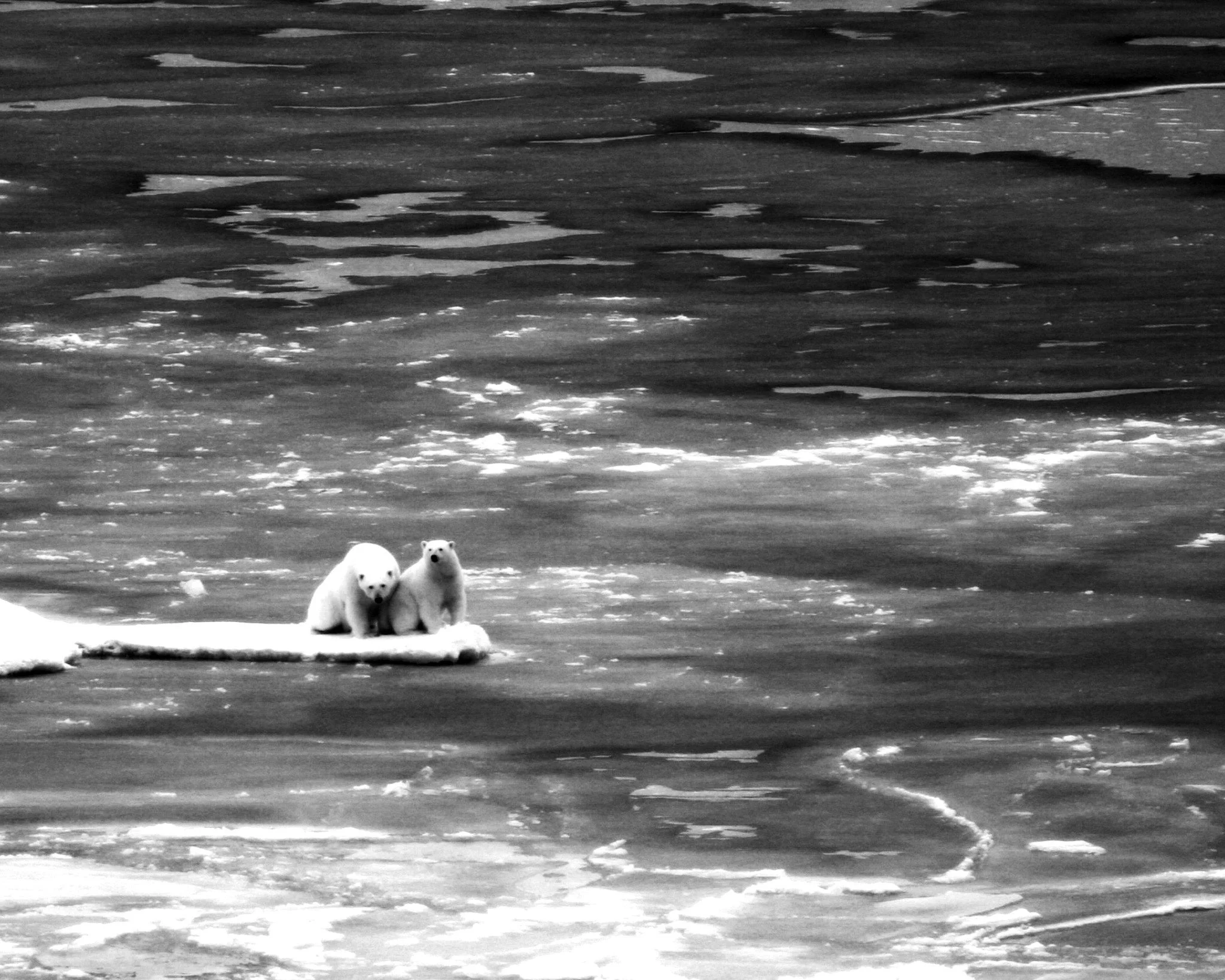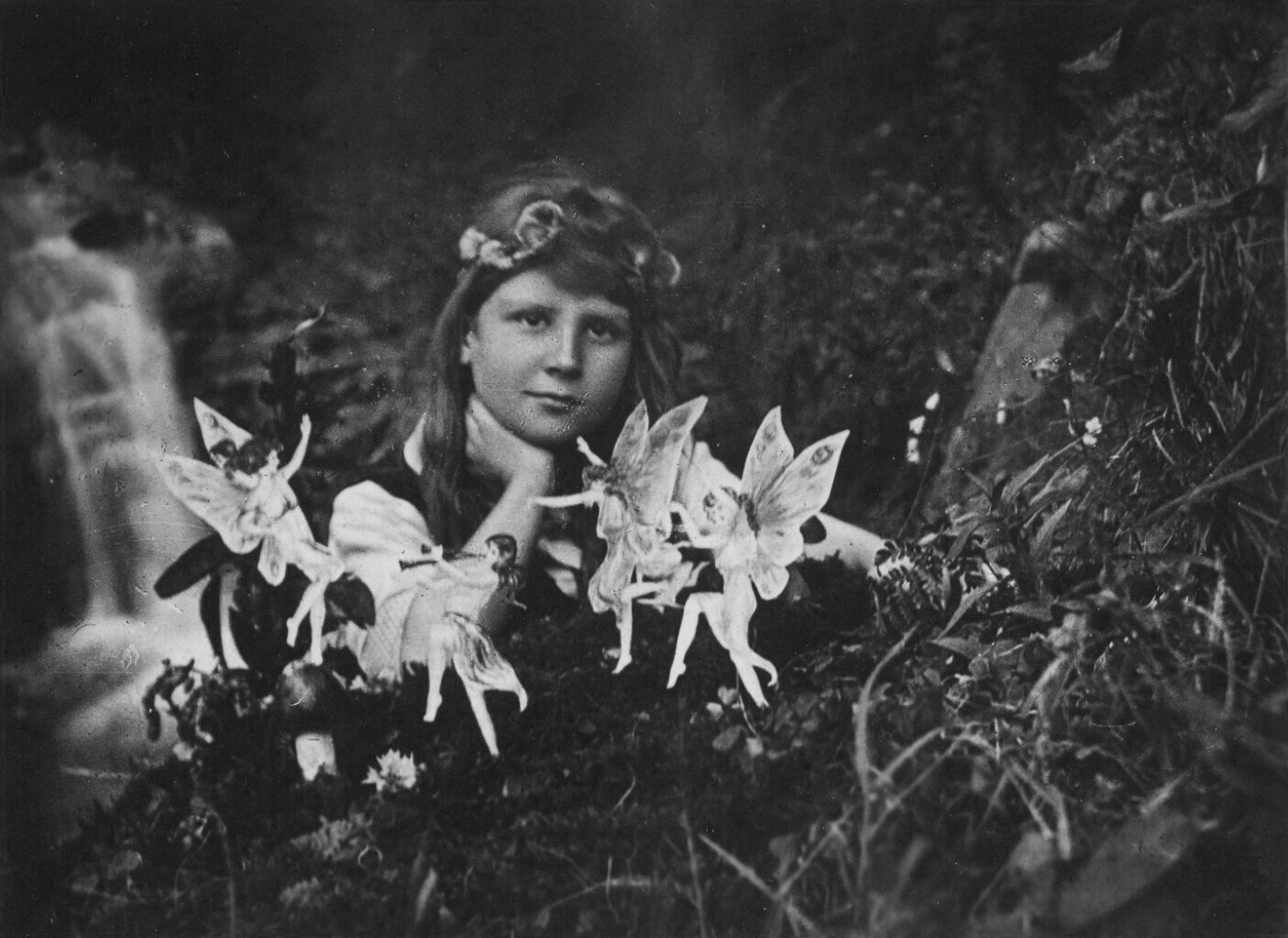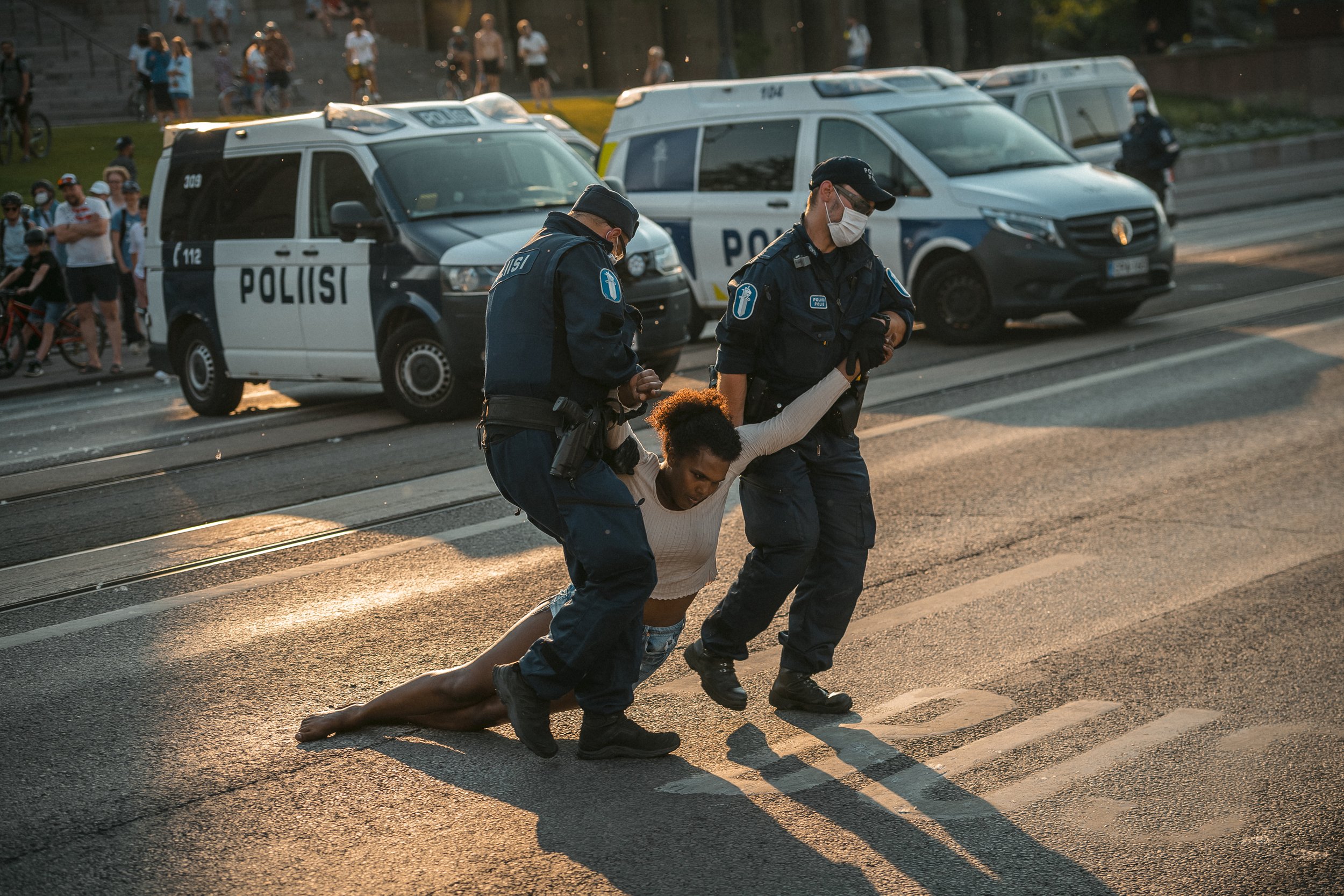We must dare to show people’s suffering
A few years ago, a photograph of Alan Kurdi, a three-year-old boy who washed up on the shore of the Mediterranean Sea, was published on a Turkish newspaper’s website and quickly spread around the world. At first, the image was shared on social media, but it soon ended up on the pages of large newspapers as well.
The photo, which was taken by Turkish journalist Nilüfer Demir, reached iconic status perhaps faster than any image before it. The publication of the image also led to criticism. The Finnish newspaper Turun Sanomat decided against publishing the image on the grounds that a similar image of a Finnish child would “never in a million years” be published.
Images of people’s plight and misfortune taken in the world’s poorest countries and crisis areas frequently spark debate about the media’s double standards. The critique often culminates in the claim that similar images of people from rich countries would never be published. Those who express this criticism ask: Would you want a picture of your own child in the same situation to spread across the world?
The premise of this critique is false, however, because the chosen point of comparison is the personal experience of a middle-class person. Although one can suffer from hunger and poverty in both wealthy and poverty-stricken countries, surrounding conditions and culture affect what is seen as being as demeaning or shameful when made public.
It is a different thing to reveal one is affected by poverty in Syria, where 90 percent of the population live below the poverty line, than to speak of it in Finland, where the corresponding figure is around 12 percent.
It varies from person to person as well, so the question must be posed to those whom it concerns. It is in no-one’s interests to deprive of their voices those who are willing to share even terrible experiences.
The problem is repeated in the treatment of people in marginalised positions within Finland. They are neither seen nor heard in matters that affect them.
When VR Group’s decision to remove benches frequented by homeless people at Helsinki main railway station stirred up a debate in the autumn of 2020, I headed over there to take photos for an article. At the station, I bumped into a man who, in the absence of the benches, was sitting on the floor next to a heater to warm up. The man gladly obliged to have his picture taken and proceeded to tell me how important warm indoor spaces are in the winter.
What ended up in the paper, though, was a picture of the missing benches and a statement from VR Group’s project manager.
The “double standard” might more aptly describe how disadvantaged people are not allowed to make their distress visible because of patronizing attitudes. Are we protecting people when we decide for them that displaying their misfortune is too much? Or are we protecting that part of the public who would rather close their eyes from such unpleasantness?
Of course it is not irrelevant how people are depicted in images. In order for the photographer to give voice to the photographed, he or she must not only look but also listen. A photograph is always a dialogue, since taking a photo without a subject is impossible.
The history of photography – and no doubt its present – is fraught with examples of how a photographer was not prepared to listen. In 1984, photographer Steve McCurry took a photo of an “Afghan girl” against her will in the refugee camp of Nasir Bagh in Pakistan. The photo was published on the cover of National Geographic with the text “Haunted eyes tell of an Afghan refugee’s fears”.
Seventeen years passed before Sharbat Gula had the chance to tell the photographer her name, and that she was not scared, but angry.
A photo can speak powerfully and have a strong impact on people’s view of the world. The imagery of suffering easily becomes repetitive, if we do not also seek to offer a wider perspective on life during a crisis, or refuse to see it. Displaying suffering should never be valued intrinsically.
Even in the middle of crisis, hope and sometimes even joy are part of life, as can be seen in Giles Duley’s photos of Europe’s refugee crisis in 2015. In these images, parents help their children with homework, children continue to play, and hospital staff try to staunch bleeding from a bullet wound.
Ultimately, how people survive is more important than how they die.
As for the tragic case of the boy Alan who washed up on the shore, his father Abdullah Kurdi stated in an interview for the German newspaper Bild in 2016 that he was glad that the image was published. He thinks that seeing the picture has helped people to understand in what kind of world refugees live.
I composed this piece prior to the outbreak of the full-scale war in Ukraine, and it was published in Finnish in the Finnish Journalists’ Union’s magazine, Journalisti, on March 17, 2022.
Since the start of Russian invasion of Ukraine, there has been increased debate surrounding the use of graphic images depicting suffering, particularly those featuring the deceased and the dying. In Finland, some stores even chose to remove newspaper posters displaying such images. But war is shocking and it is brutal, and it must appear as such in photos and in words, even when it might cause distress for the readers.
